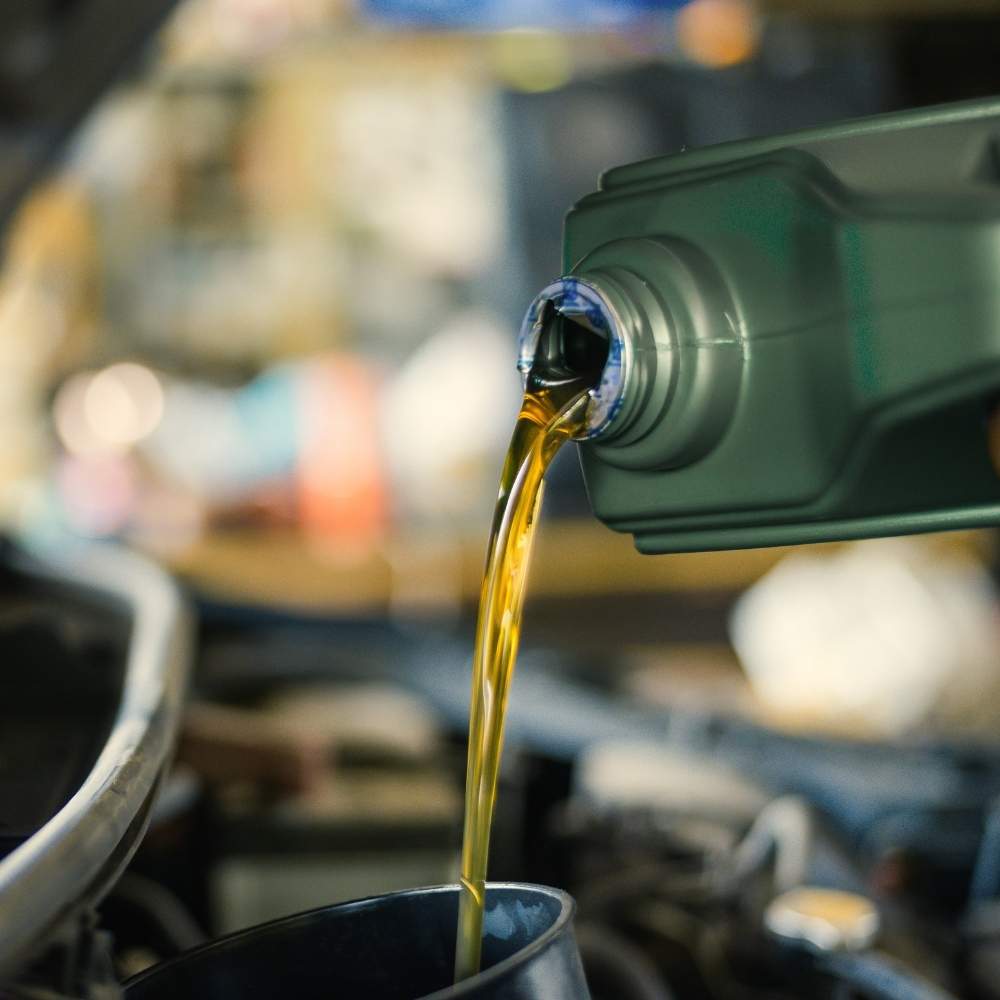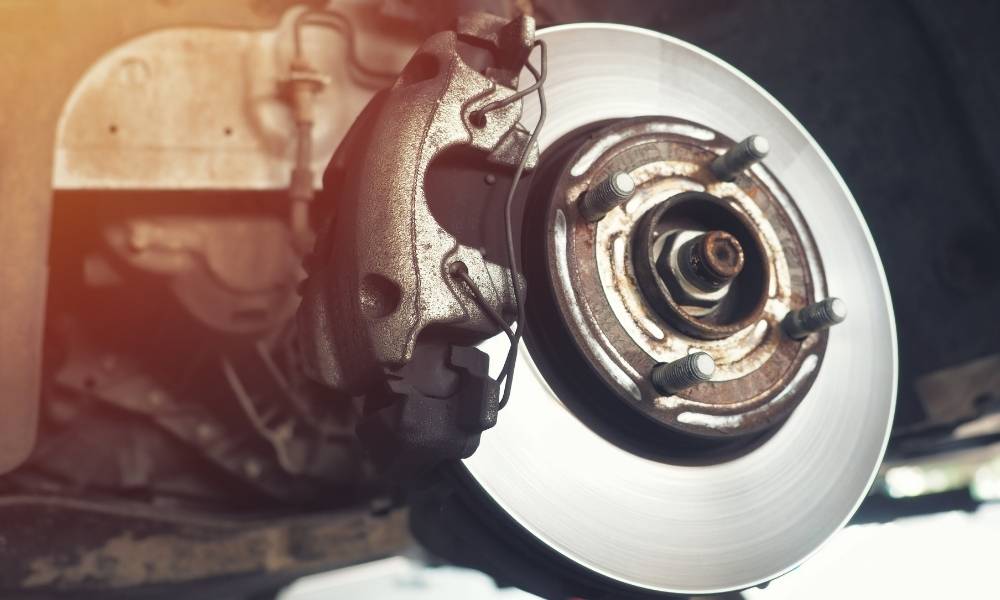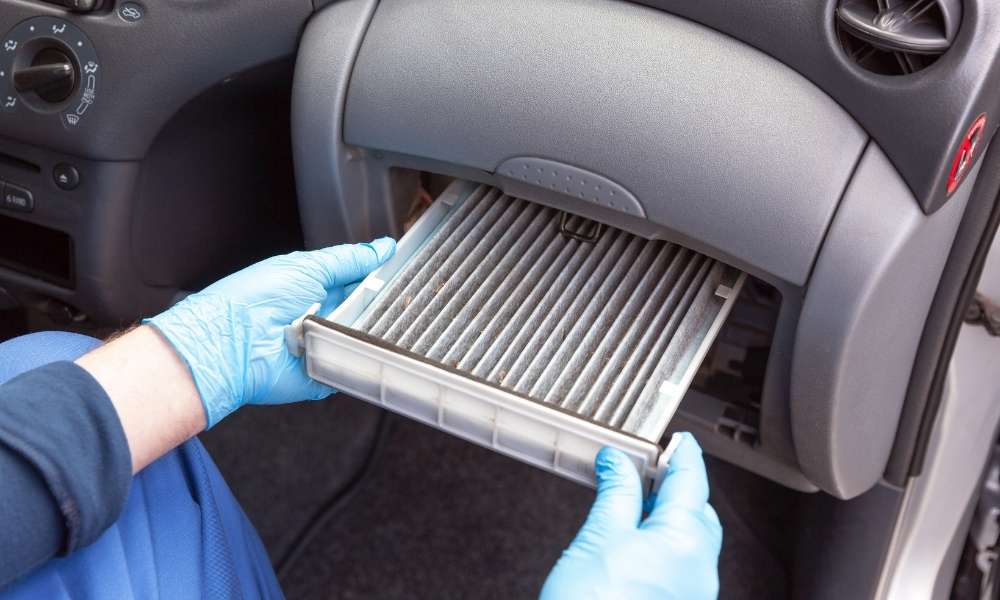From AAALiving
The high cost of buying a car and the fact that well-maintained late-model cars can typically run for 200,000 miles have incentivized owners to keep their vehicles longer. Today, owners are driving their vehicles for almost 8.5 years, and the average age of cars on U.S. roads is about 12 years.
Given this longevity, is it worth maintaining your aging vehicle—or should you think about buying a newer model? Consider the total annual cost of owning your vehicle, based on where you live and how often you drive. The AAA Your Driving Cost tool can give you facts and figures to help inform your decision.
If you do decide to hold onto your vehicle, follow this blueprint for complete auto care and preventive maintenance this Car Care Month.
1. Know the car care schedule.
Follow your vehicle’s recommended service schedule to keep your car in top shape, including regular tuneups.
2. Change your oil and oil filter—and get a vehicle inspection.
AAA Approved Auto Repair facilities offer a free vehicle inspection with a paid repair, along with other types of service. Oil changes are a good time to make sure all the vehicle systems, the car battery and more, are operating at full capacity.
Now through October 21, 2024, AAA members who visit their local NAPA Auto Parts store save up to $52 dollars on the AAA Premium Battery. This is a $22 member savings plus a $30 prepaid VISA gift card, using promo code AAAOctober.
PLUS! AAA members will earn 10% off NAPA Filters. When you purchase 1 NAPA Filter, enjoy $5 back or any two NAPA Filters, earn $10 back. These additional savings valid through October 31, 2024.


3. Replace other fluids.
In addition to oil, coolant, power steering fluid, brake fluid and transmission fluid. It’s important to replace all fluids when the service schedule indicates, check fluid levels regularly and keep an eye out for leaks in between service visits.
4. Check the brakes.
You or your mechanic should check your brakes at least twice a year (or more if you drive a lot). While you’re on the road, be alert to vibrations in the brake pedal or any noise from the brakes. Also pay attention to vibrations in the seat area or the steering wheel when you’re braking. If you suspect problems, visit your service center as soon as possible.
5. Inspect your tires regularly.
Use a gauge to measure your tire pressure. Underinflated tires can result in poor gas mileage and uneven tire wear. Also, rotate your tires every 5,000 to 6,000 miles to further reduce uneven wear, which can result in a dangerous tire blowout. Get discounts on new tires with Discount Tire.
6. Examine the timing belt and air and cabin filters.
A timing belt failure can result in a costly engine repair, so replace it every 60,000 to 80,000 miles. Air filters should be replaced every 12,000 to 15,000 miles or once a year (or sooner if they are dirty). Cabin filters should be replaced every 18,000 to 25,000 miles.
7. Pay attention to warning lights and gauges.
Warning lights can mean many things, but they usually indicate a problem. If a light comes on, check your owner’s manual or head to your mechanic to determine its meaning. Similarly, if you notice an abnormal reading on a dashboard gauge, have your mechanic check your vehicle to potentially avoid bigger car care problems down the road.
Tip: If your vehicle does need work, Members can enjoy discounts on rental cars from Hertz, Dollar, and Thrifty.


8. Depend on quality for your complete auto care.
Don’t use cheap replacement parts or fluids. Using original parts and manufacturer-recommended fluids can save you money in the long run, and they’re designed to ensure that your vehicle operates smoothly.
9. Clean your ride.
Keeping your car clean is an important part of complete auto care. Dirt, road salt and bird droppings can damage the paint job and ultimately the body of your car. Washing and waxing your vehicle regularly helps protect it from rust and corrosion. Vacuuming the interior keeps your car smelling fresh and looking clean.


